Could This Surreal Terracotta House Be the World’s Largest Piece of Pottery?
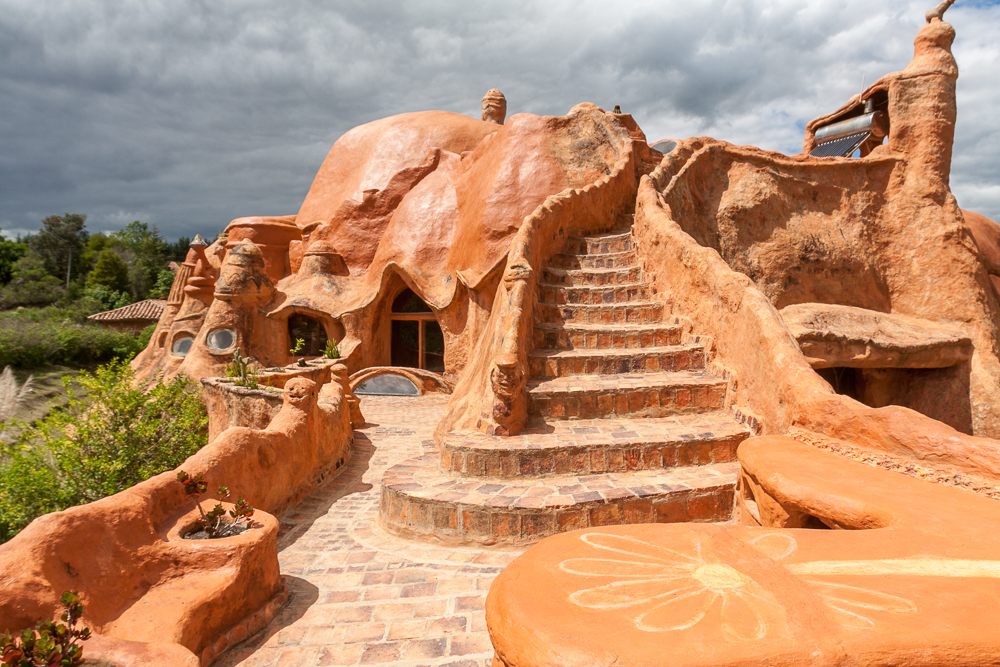 Casa Terracotta was completed in 2012 after nearly 15 years of work. (All photos: Eric Mohl)
Casa Terracotta was completed in 2012 after nearly 15 years of work. (All photos: Eric Mohl)
In 1998, the Colombian architect Octavio Mendoza began designing and constructing a house made entirely from baked earth. He wanted to push the architectural use of terracotta to new heights, and he wanted to do so near the preserved colonial-era town of Villa de Leyva, which had seen very few changes over the last four centuries.
And so, for the next 14 years, he worked on his Casa Terracotta, which he now claims is the largest piece of pottery in the world.
Mendoza, who had previously designed traditional houses, commercial buildings and churches in Colombia, felt restricted by the constraints imposed by the shape and size of the building materials he had to use. Working with terracotta, he says, was a way of taking a creative risk, and making something habitable from just the earth and sun found on the construction site itself.
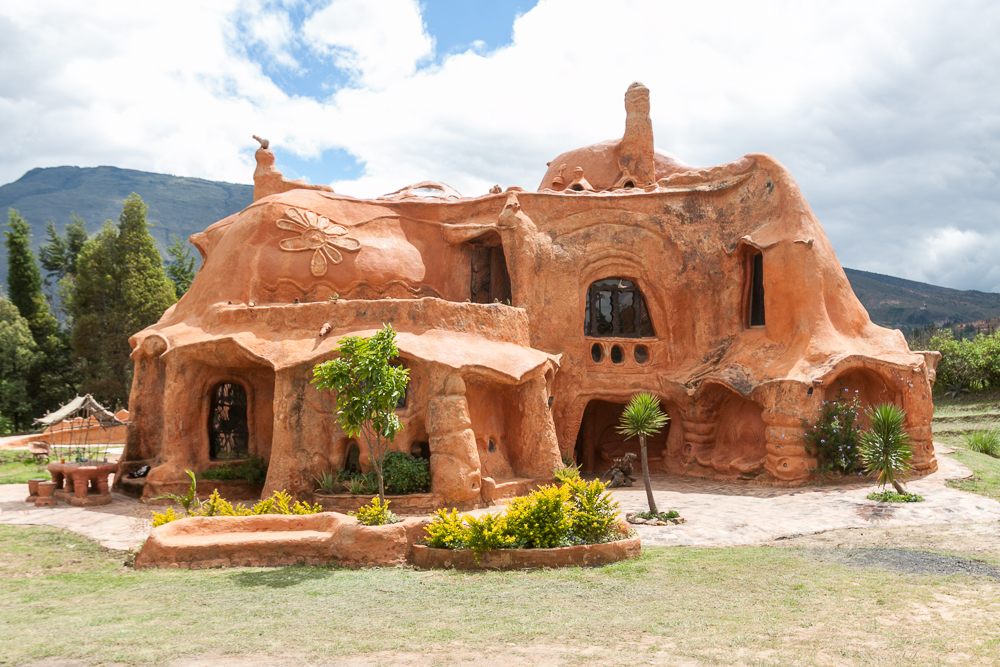 Some say Casa Terracotta in Colombia is the world’s largest piece of pottery.
Some say Casa Terracotta in Colombia is the world’s largest piece of pottery.
Terracotta means “baked earth” in Italian. European architects began using terracotta, which is also known as pottery, as an element in building construction in the 1800s. Notable examples include the ornate terracotta façade of the Natural History Museum in London and the three so-called “pot churches” in England, all of which are still standing.
The slightly blobby, peachy-red Casa Terracotta looks nothing like its antecedents. In fact, it looks like a curvaceous mushroom that’s sprung from the ground. It’s been compared to an Antonin Gaudi building, a hobbit’s home or something off a Star Wars set. Meanwhile, the locals in Villa de Leyva call it the Flintstone House.
Mendoza’s whimsical creation is made entirely from locally sourced mud baked into surreal shapes. No steel or concrete were used. Inside the building, seats, beds, tables, and sinks are crafted from terracotta and adorned with recycled glass, wood and tiles.
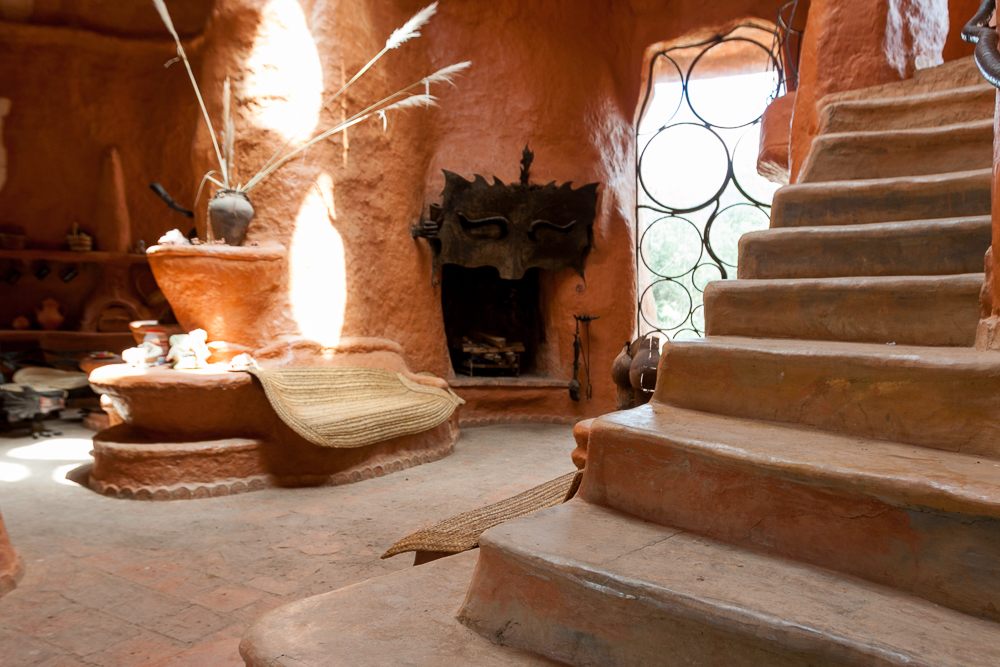 Literally everything inside Casa Terracotta is made of baked earth.
Literally everything inside Casa Terracotta is made of baked earth.
There’s not a straight line or a 90-degree angle in sight. Visitors wandering through the uninhabited house (Mendoza lives in a house nearby) are often smiling in delight by the time they get to the roof deck with built-in seating and lighting.
Though the main structure was completed in 2012, the 65-year-old architect considers the rambling, multi-story Casa Terracotta, which currently clocks in at 5,400 square feet, a work in progress. Perhaps he’s trying to secure his claim on the superlative, that his creation is indeed the world’s most largest piece of pottery.
Of course, many people are familiar with the grand scale of works like the massive terracotta horses created in India and the famous Terracotta Army of China. Both, according to Mendoza, are amazing accomplishments but, he insists, “they’re not one monumental work but many small works that make up the whole.”
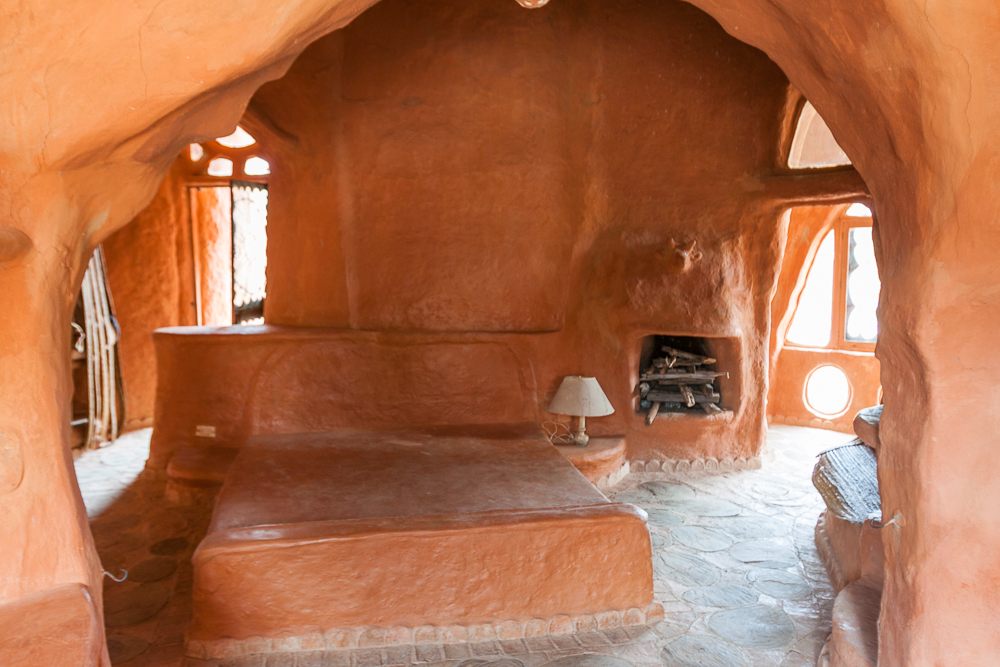 Yes, that’s a bed platform made out of pottery.
Yes, that’s a bed platform made out of pottery.
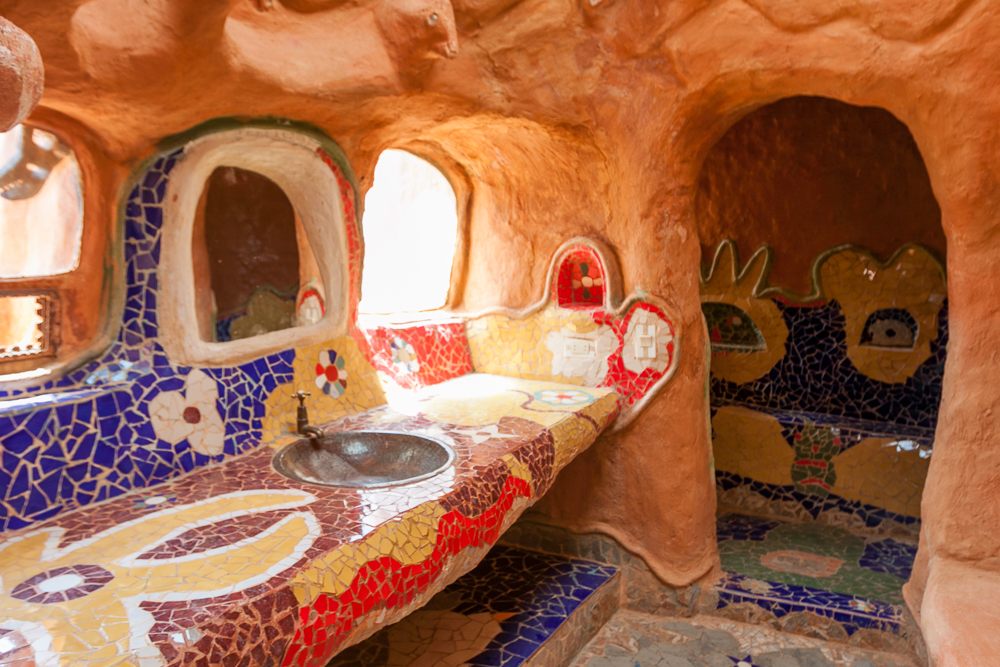 Recycled elements like old tile, re-used wood and found pieces of metal are the only adornment in Casa Terracotta, including the tile work in this bathroom.
Recycled elements like old tile, re-used wood and found pieces of metal are the only adornment in Casa Terracotta, including the tile work in this bathroom.
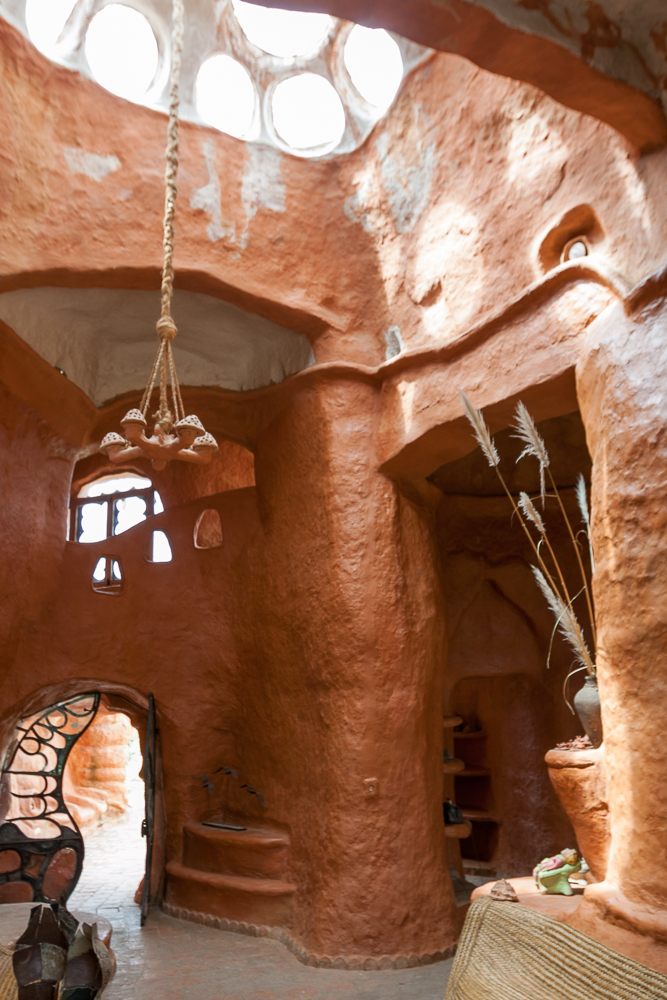 The entrance to Casa Terracotta. Even the light fixture is made from baked earth.
The entrance to Casa Terracotta. Even the light fixture is made from baked earth.
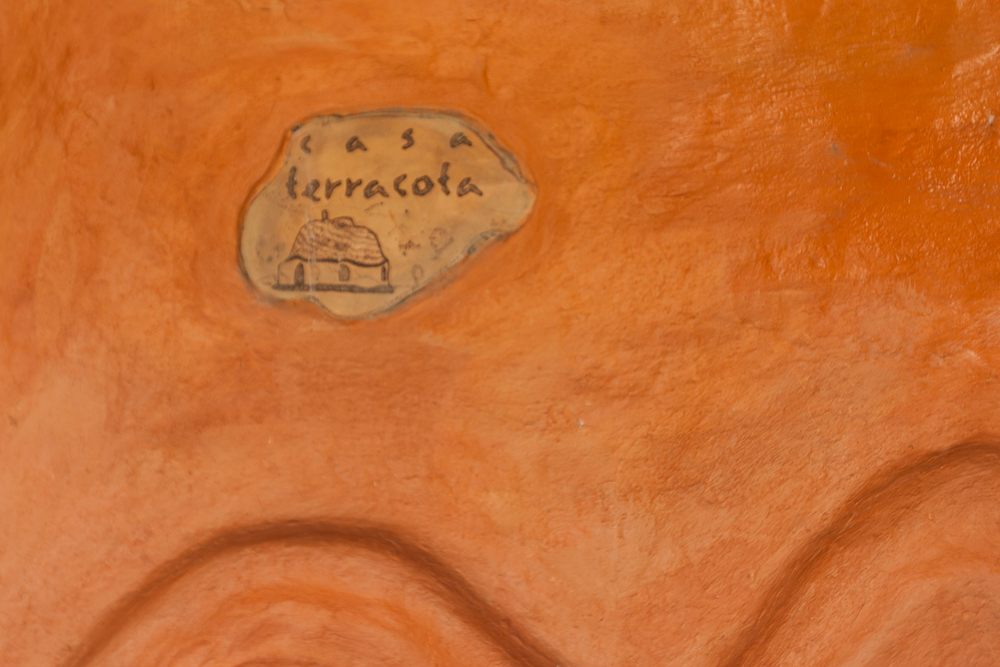 One of the few non-pottery elements is this flat stone that became a sign near the front door.
One of the few non-pottery elements is this flat stone that became a sign near the front door.



Follow us on Twitter to get the latest on the world's hidden wonders.
Like us on Facebook to get the latest on the world's hidden wonders.
Follow us on Twitter Like us on Facebook